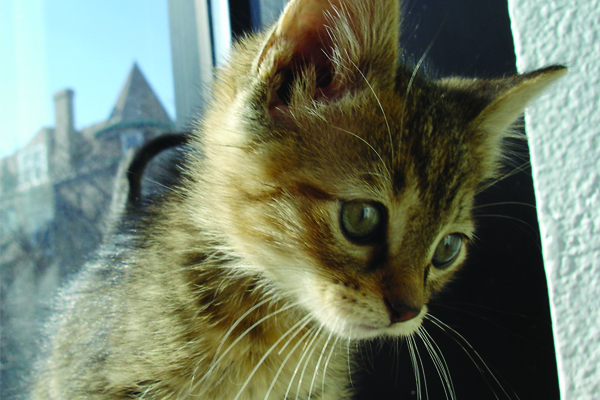The entire animal welfare system was designed to kill the ever-increasing number of homeless dogs and cats. Making a change was a huge undertaking. It would take vision, leadership and proof that lifesaving methods could work to change the long-standing methodology of traditional cage-and-kill sheltering.
Richard Avanzino brought all of this to the table as executive director of the San Francisco SPCA in the early 1990s. Through innovative programs, proactive adoptions and many years of focused, targeted spay/neuter, San Francisco was considered a No Kill city by 1994.
But even more important, it created the progressive No Kill model that is based on saving all animals. Euthanasia is only warranted for animals who are irremediably suffering or those who pose a safety threat to the public. No longer could humane societies claim killing homeless dogs and cats was necessary. The communities that continued to kill animals simply had not implemented the proven lifesaving programs that eliminate the need for killing to continue.
PAWS Chicago took the No Kill message public in Chicago with Angels with Tails in 1998. With the help of Chicagoans, the killing of homeless pets has been reduced by 90.2% since our founding, but there is significant work to do. (See Chicago’s Progress on the No Kill Continuum.)
No Kill: A New Standard in Sheltering
Over the past decade, No Kill has become the commonly accepted sheltering model and the goal for all communities.
But many traditional high-kill shelters continue to resist change; instead, they mask their killing through misleading terminology and misrepresentation of shelter data. Knowledge is power. So how can you tell if a shelter is No Kill?
And how do you know if your community is on the path to No Kill?



